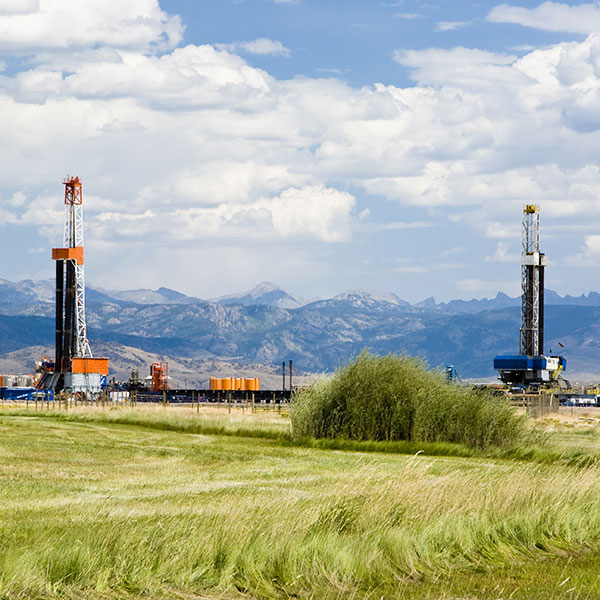
On December 5, 2016, the U.S. Department of Energy National Energy Technology Laboratory announced that it awarded funding for six research projects at four national laboratories that will investigate new procedures for hydrocarbon extraction from unconventional shale plays. The research projects, which NETL will fund over a period of two years, are designed to test methods of increasing hydrocarbon recovery efficiency from tight shale plays. While recent technology advancements have unlocked vast quantities of oil and natural gas in low-permeable shale formations, recovery efficiencies from shales are currently less than 30% for natural gas and 10% for oil.
• Lawrence Berkeley National Laboratory will investigate the permeability of fractures in shale gas formations and how various proppants impact the sustainability of underdeveloped shale reservoirs. NETL states that understanding the relationship between shale properties and their impact on fluid/gas transport will help optimize decisions regarding the choice and control of proppants, leading to improved recovery.
• Lawrence Berkeley National Laboratory will evaluate the adsorption of water onto shale surfaces to better understand factors that control the potential blocking or constriction of flow pathways for oil and natural gas recovery. Through the investigation of water and hydrocarbon fluid displacement, the laboratory will identify fracturing fluid compositions and properties that support optimal recovery. Additional research will evaluate the influence of non-water-based fracturing fluids on shale gas and oil recovery.
• Lawrence Berkeley National Laboratory will address the challenges associated with the production of low-viscosity oil from tight shale systems. Using laboratory investigations and computational simulations, the team will evaluate factors involved in hydrocarbon production from tight systems and identify methods that improve recovery of low-viscosity liquids.
• Los Alamos National Laboratory will use experimental and computational tools to investigate the hydraulic fracture processes in order to improve oil and gas production from shale formations. NETL states that the results of this work will yield a better understanding of shale fracture properties, hydraulic fracture performance, and methods to specifically target features within the fracture systems to improve production.
• Sandia National Laboratories will build on prior research to further define component interaction and flow in shale pores. NETL believes that this research will assist in developing a fluid model for gas release and recovery from shale formations. The new model will be combined with an existing simulation tool for the prediction of oil and gas production from shale reservoirs.
• Stanford Linear Accelerator Center (SLAC) National Accelerator Laboratory will investigate how hydraulic fracturing fluids induce damaged zones in shale formations. Damaged zones are associated with reduced flow and recovery of oil and gas. NETL states that the results of this work will provide a better understanding of the interaction of fracture fluids with shale, leading to the optimization of fracture fluid compositions and exposure times based on shale properties.